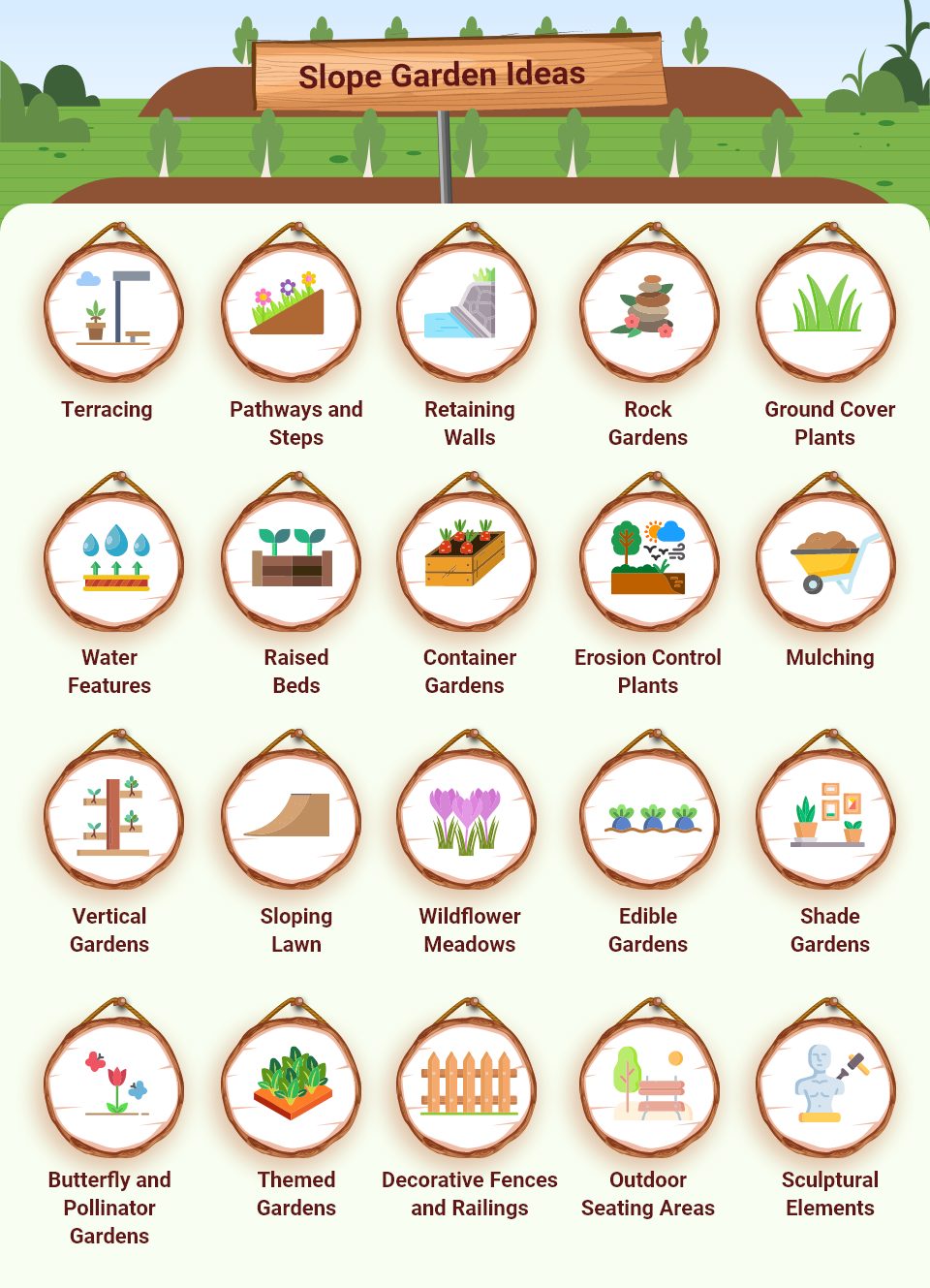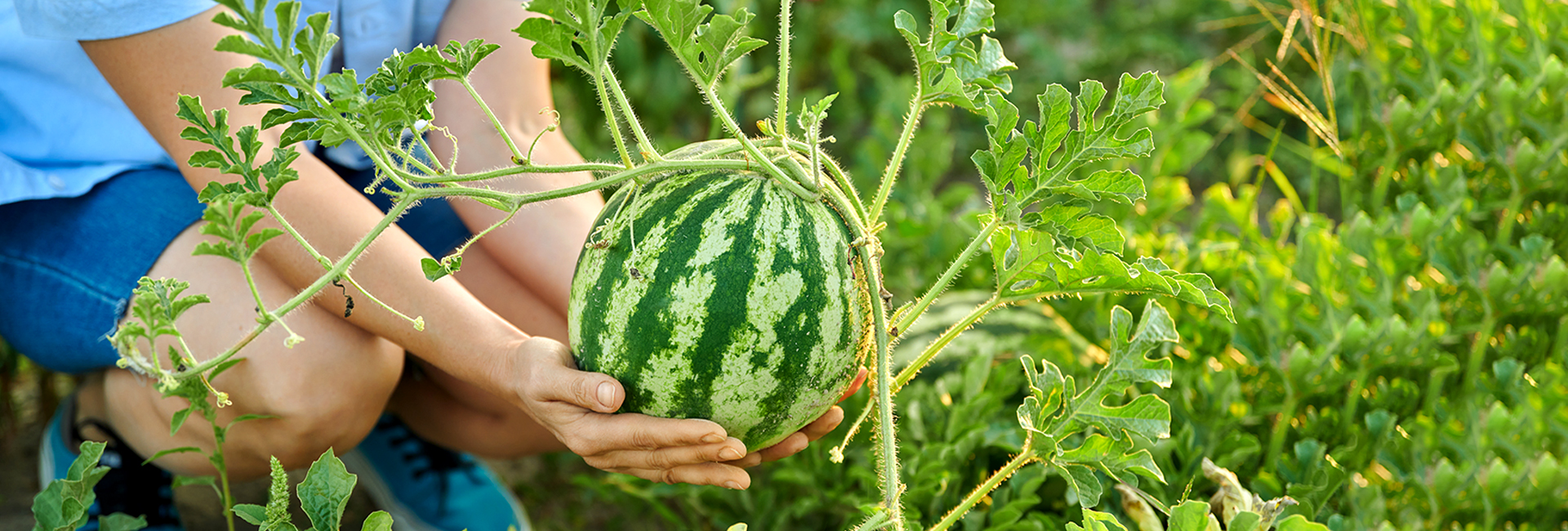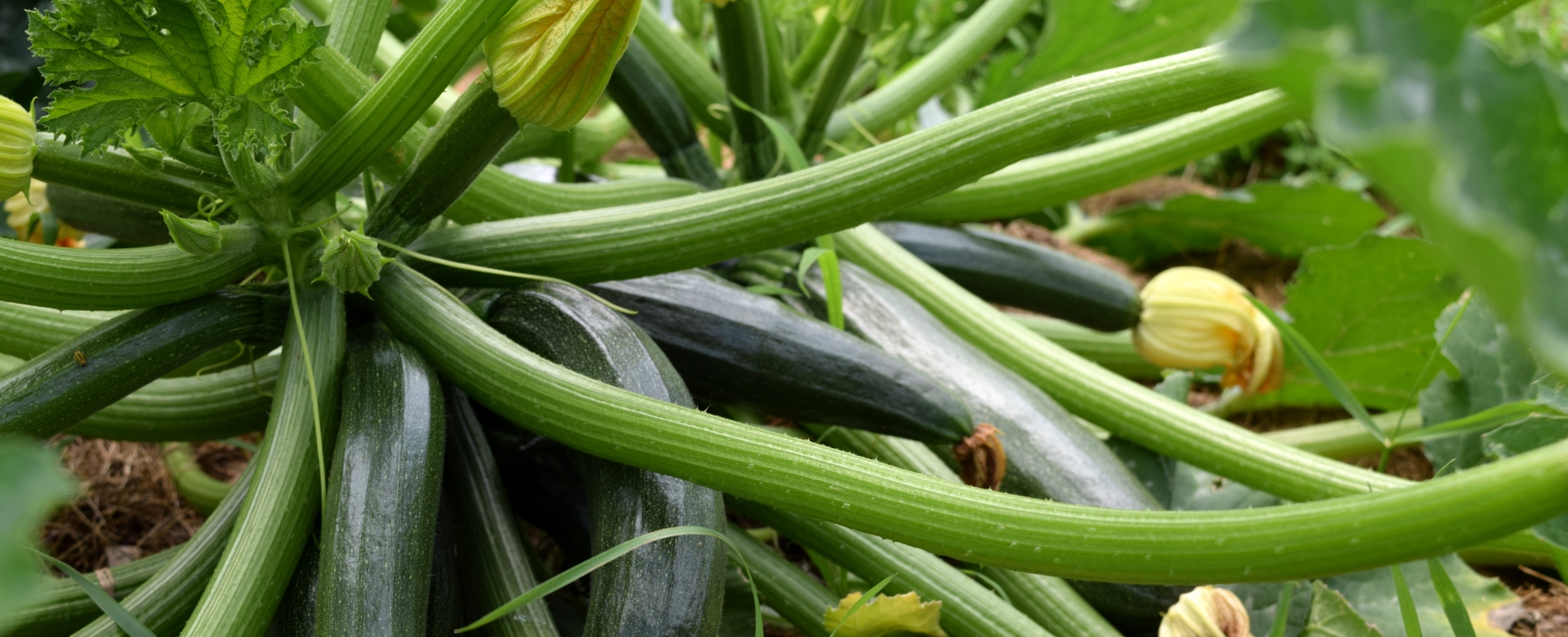Sloped gardens present a unique set of challenges and opportunities. The good? Gardening on a slope can improve drainage, increase organic matter, and offer breathtaking views. The bad? Hillside gardens also come with difficulties like soil erosion, tricky navigation, and watering complications.
If you’re keen to turn your hillside into a beautiful garden, this comprehensive guide will walk you through every step – from planning and planting to maintaining and preventing erosion.
Planning a Slope Garden
Before you start digging, it’s important to carefully plan your slope garden.
Here are some important points to consider:
1. Understanding Your Slope
Before you start gardening on a slope, it’s important to understand your slope.
The first step is to measure how steep it is. This can be done by using a long board and a level to find the horizontal distance (run) and vertical drop (rise). To calculate the slope as a percentage, divide the rise by the run and multiply by 100.
This information is key to designing your garden and choosing the right plants. Steeper slopes need careful erosion control and plant placement for stability.
It’s also important to consider factors like soil type, sunlight, and local climate when planning your slope garden.
2. Sun and Shade Considerations
Sunlight exposure on slopes can vary a lot due to the angles and nearby structures like trees and buildings. Check out your slope during the day to spot sunny and shaded areas. This will help you choose plants that suit the specific light conditions.
For example, place sun-loving plants in spots that get plenty of light, while shade-tolerant varieties should go in more sheltered locations.
3. Soil Preparation
Good soil drainage is necessary for any garden. However, it’s especially important on a slope. Test your soil to identify its composition and nutrient levels. Based on the results, you may need to amend the soil with organic matter like compost to improve its quality.
Techniques like sheet mulching, which involves layering organic materials to build up the soil, can also be effective for enhancing soil drainage and fertility.
Plant Selection for Gardening on a Slope

Picking the right plants for a slope garden is important for long-term success.
Let’s explore what they are.
Best Plants for Slopes
Plants with deep root systems are ideal for gardening on a slope because they help prevent erosion. Shrubs and trees like juniper, oak, and pine are fantastic choices.
Ground covers such as creeping thyme and phlox are also effective in stabilizing soil.
These plants help hold the soil in place while adding a splash of style to your garden!
Seasonal Planting Tips
Choosing the right plants for year-round interest and erosion control is essential. In spring and summer, choose flowering plants like perennials and annuals.
In fall and winter, evergreen shrubs and trees can keep your garden looking vibrant.
Seasonal plantings help maintain soil stability and offer visual interest throughout the year.
How to Maintain a Slope Garden
With regular maintenance, your slope garden can thrive for many years.
Here are some simple tips to keep your garden healthy and looking beautiful:
1. Watering
Watering a slope garden can be challenging due to the incline. Deep watering techniques such as drip irrigation ensure that water reaches the roots without causing runoff.
Installing soaker hoses along the slope can also help distribute water evenly.
2. Weed Control
Weeds can be more challenging to manage on a slope. Mulching is an effective strategy for weed control, as it suppresses weed growth and retains soil moisture.
Hand weeding is also among the great ideas for small gardens on a slope because it allows you to remove individual weeds without disturbing the plants you want to keep.
3. Erosion Control
Monitoring your slope garden for signs of erosion is crucial. Adding mulch, repairing retaining walls, and incorporating erosion control plants can help manage this issue. Regular maintenance ensures that your garden remains stable and beautiful.
4. Seasonal Care
Mulching in winter helps protect the soil from erosion and temperature fluctuations. Seasonal pruning keeps plants healthy and encourages new growth. Fertilization should be done based on soil test results to ensure that plants get the nutrients they need.
5. Structural Support
Building retaining walls, installing steps or pathways, and using plant anchors or stakes to support young trees are essential structural elements in slope gardening. These features not only provide stability but also make the garden more accessible and visually appealing.
6. Soil Erosion Control
Using organic mulch and building terraces to create flat areas are effective ways to control soil erosion. Planting ground covers like creeping juniper, ivy, or periwinkle can also help stabilize the soil.
Slope Garden Ideas

Now that you have the tools and knowledge to create a beautiful slope garden, it’s time to explore design ideas.
Here are some suggestions to help you get the ball rolling:
1. Terracing
Terracing is a fantastic way to create flat planting areas on a slope, using retaining walls or steps to carve out levels. This technique not only prevents erosion but also adds depth and visual appeal to your garden.
2. Pathways and Steps
Integrating pathways and steps into your slope garden is essential for improving accessibility and adding structure to your design. These elements guide visitors through the garden while providing safe access.
3. Retaining Walls
Retaining walls play a critical role in supporting steep slopes, effectively preventing soil erosion, and creating level planting areas for your plants to flourish. When selecting materials for your retaining walls, consider options like natural stone, brick, or timber, as they can contribute to a classic, organic appearance that complements your garden.
4. Rock Gardens
Rock gardens are an innovative way to introduce texture and visual interest while stabilizing soil on slopes. By combining rocks of various sizes and shapes with low-growing plants such as sedums or alpine flowers, you can create a rugged, natural look that mimics the environment.
5. Ground Cover Plants
Incorporating ground cover plants like creeping thyme, phlox, and sedums is an excellent strategy for stabilizing soil and adding bursts of color. These hardy plants spread quickly, forming lush carpets that suppress weeds and reduce erosion.
6. Water Features
Adding water features like small ponds, streams, or waterfalls can create a soothing, inviting atmosphere in your slope garden. The sound of flowing water enhances the serene environment and can attract wildlife.
7. Raised Beds
Raised beds are a practical and stylish way to plant on a slope. They allow for better drainage, help reduce soil erosion, and elevate your gardening experience, making it easier to tend to your plants.
8. Container Gardens
Container gardens provide flexibility and creativity, allowing you to set up vibrant displays at various levels on a slope. By using pots of different sizes, colors, and materials, you can create a visually appealing arrangement that can be easily rearranged as needed.
9. Erosion Control Plants
Incorporating erosion control plants such as creeping juniper, ivy, and periwinkle is essential for stabilizing your slope garden. With their strong root systems, these plants help keep soil in place and reduce runoff.
10. Mulching
Using mulch in your slope garden is a simple yet effective way to retain moisture, suppress weeds, and prevent soil erosion. Organic materials like wood chips, straw, or shredded leaves not only enrich the soil as they break down but also provide a polished look to your garden beds.
11. Vertical Gardens
One of the to consider is vertical gardens. They are ideal for small spaces and add visual interest. Vertical gardens are ideal for small spaces and add a unique visual element. By using trellises, walls, or fences, you can support climbing plants like vines, which will bring life and color to vertical surfaces.
12. Sloping Lawn
A sloping lawn can enhance the openness and natural beauty of your garden. When selecting grass types, opt for drought-tolerant varieties that require less maintenance and withstand the challenges of sloped terrain.
13. Wildflower Meadows
Creating a wildflower meadow is an excellent way to add vibrant color and attract pollinators like bees and butterflies. By choosing native wildflower species, you can establish a low-maintenance area that thrives naturally in your local environment and supports local wildlife.
14. Edible Gardens
Remember to incorporate edible plants into your slope garden! Herbs, vegetables, and fruit trees can thrive in raised beds and terraced areas. Not only do they provide fresh produce, but they also enhance the garden’s aesthetic appeal.
15. Shade Gardens
In the lower parts of your slope where sunlight is limited, consider establishing a shade garden. Selecting shade-tolerant plants like ferns, hostas, and astilbes can create a lush, tranquil area that thrives in lower light conditions. You can enhance the space with decorative stones or logs as natural accents.
16. Butterfly and Pollinator Gardens
Create a space that welcomes butterflies and pollinators by planting nectar-rich flowers like coneflowers, milkweed, and lavender. These plants not only attract beneficial insects but also contribute to a vibrant and lively garden atmosphere.
17. Themed Gardens
Consider creating a themed garden, such as a Japanese garden, to add a unique and personal touch to your slope. Incorporate elements like bamboo, stone lanterns, and carefully placed water features to enhance the theme’s authenticity.
18. Decorative Fences and Railings
Adding decorative fences and railings can improve safety and style in your sloped garden. Select materials and designs that match your landscape, like wrought iron or rustic wood.
19. Outdoor Seating Areas
Creating cozy outdoor seating areas on your slope can encourage relaxation and enjoyment of your garden. Consider benches, chairs, or even hammocks, and use natural materials that blend with the surroundings. These areas can serve as perfect spots for enjoying morning coffee or unwinding after a long day.
20. Sculptural Elements
Use sculptural elements like statues, fountains, and garden art to add personality and interest to your slope garden. Choose pieces that reflect your personal style and resonate with the overall theme of your garden.
Conclusion
Transforming a sloped area into a gorgeous garden is an achievable and rewarding project. By understanding the slope, choosing the right plants, and using effective erosion control methods, you can create a functional garden space. From planting ground covers to building terraces or adding water features, the possibilities are endless when it comes to gardening on a slope.
Ready to create your garden paradise? Be sure to visit one of our locations to get started today!
FAQs
Indeed, you can!
Planting on a slope is not only possible but can provide benefits like great drainage and lovely views.
With some careful planning, you can turn a slope into a flourishing garden. By using techniques like terracing, selecting the right plants, and managing water well, you can create a lovely and productive space.
Gardens on a slope need special care.
You should do the following:
- Focus on erosion control by planting deep-rooted plants and groundcovers.
- For steeper slopes, create terraces or use retaining walls.
- Water efficiently by using drip irrigation or soaker hoses.
- Choose drought-tolerant plants and use mulch to help retain moisture.
- Regular maintenance, like pruning and weeding, is important.
What comes with sloped gardens are unique challenges. However, with careful planning, they can be breathtaking.
- First, access the slope’s steepness and soil type. Consider groundcovers to stabilize soil for gentle slopes. As for steeper slopes, create terraces using retaining walls or rocks to create flat planting areas.
- Prioritize plants with deep roots to prevent erosion.
- Be sure to select drought-tolerant varieties because water runoff is often an issue.
- Apply mulch to conserve moisture and manage weed growth effectively.
- To keep your slope garden thriving, make sure to do regular maintenance. This includes watering your plants regularly, pulling out weeds, and pruning when necessary.
Several plants thrive on slopes, including groundcovers, shrubs, and trees. Generally, slope-adapted plants have deep root systems that anchor them in the soil and prevent erosion. They are also typically drought-tolerant, as water runs off quickly on sloped surfaces.
Popular groundcover options for slopes include creeping juniper, sedum, vinca minor, and creeping phlox. These plants spread horizontally and provide great coverage with minimal maintenance once established.
For medium-sized plants, consider shrubs like cotoneaster or spirea. Both have fibrous root systems that help grip the slope and prevent soil erosion, along with beautiful blooms in spring and summer.
For taller plants, trees such as red maple or Eastern white pine are great choices for slopes. Their strong root systems penetrate deep into the soil, ensuring stability on steep inclines while providing shade and visual interest to the landscape.
Absolutely! While it may seem challenging, vegetable gardening on a slope is doable with some planning.
For a successful vegetable gardening experience on a slope, consider these important tips:
- Create terraces for flat planting areas.
- Choose deep-rooted vegetables to help hold the soil in place.
- Set up efficient watering systems to reduce runoff.
- Good choices for sloped areas include potatoes, root crops (beets, turnips), and leafy greens (lettuce, kale).
- Don’t forget that proper soil management and erosion control are crucial!




